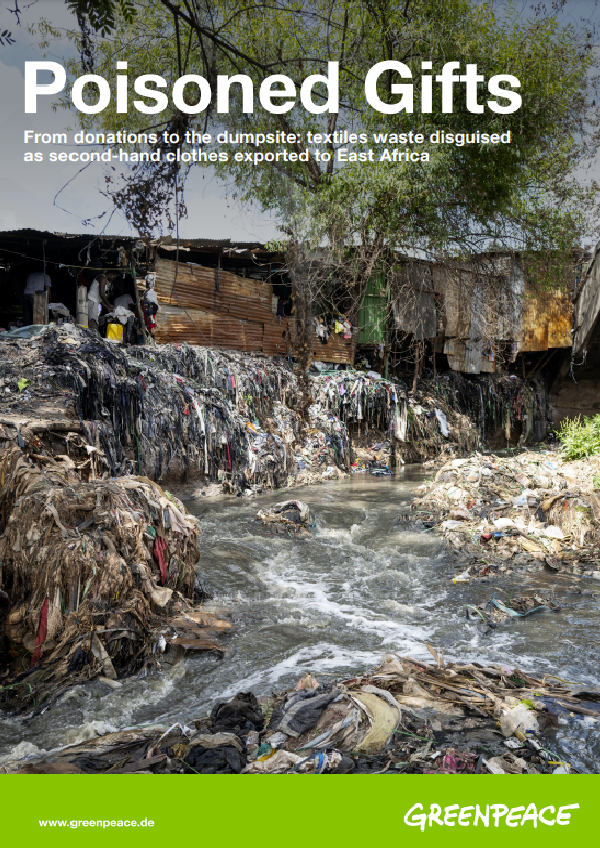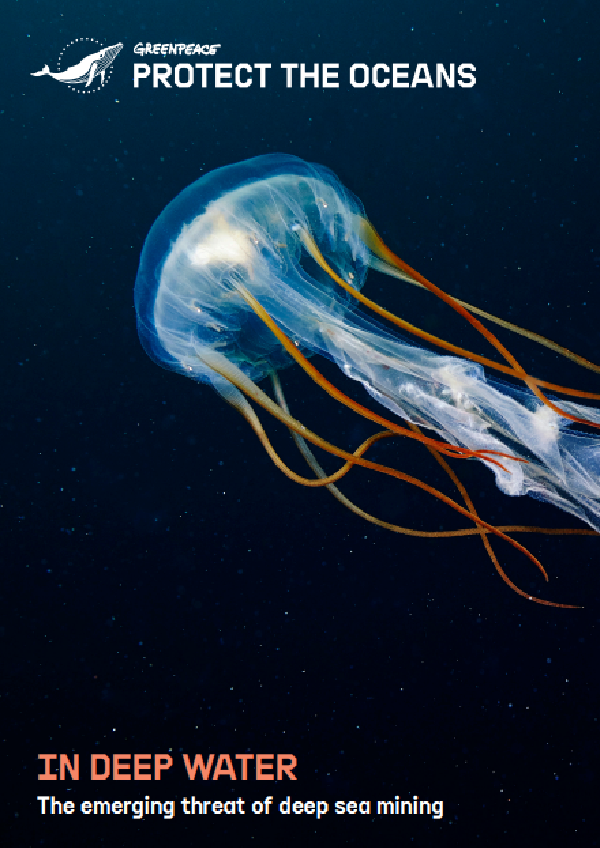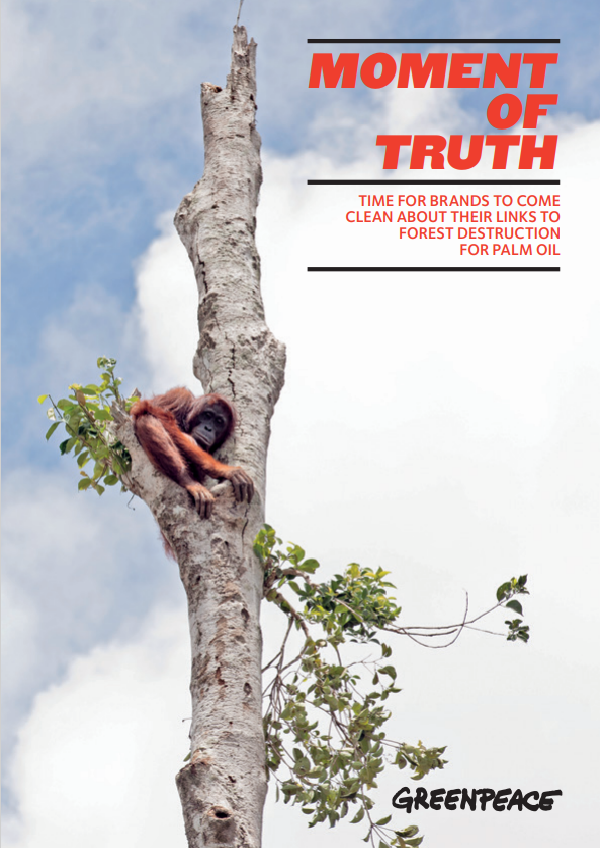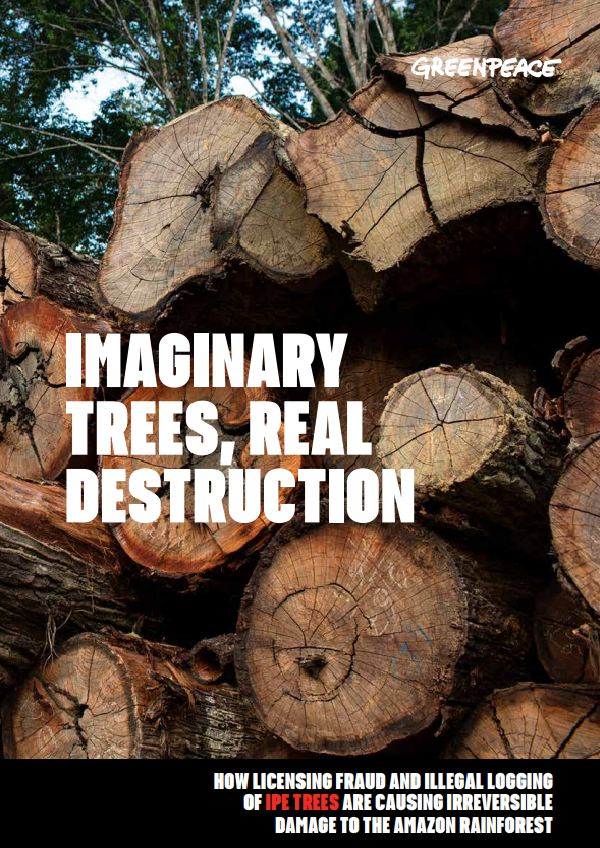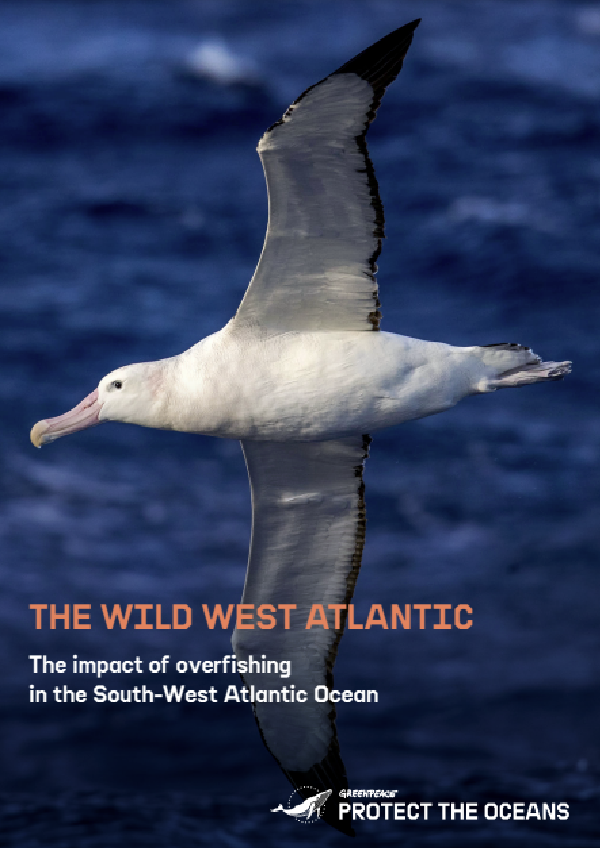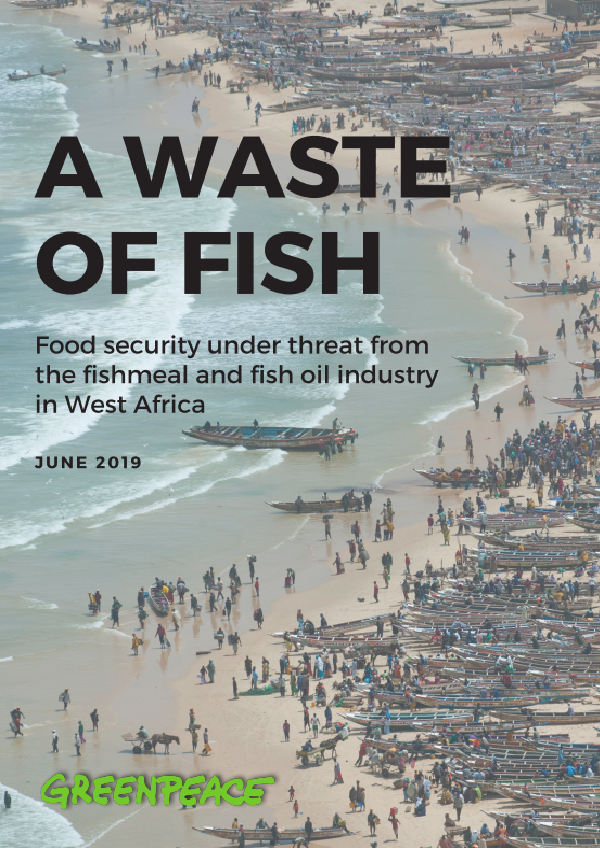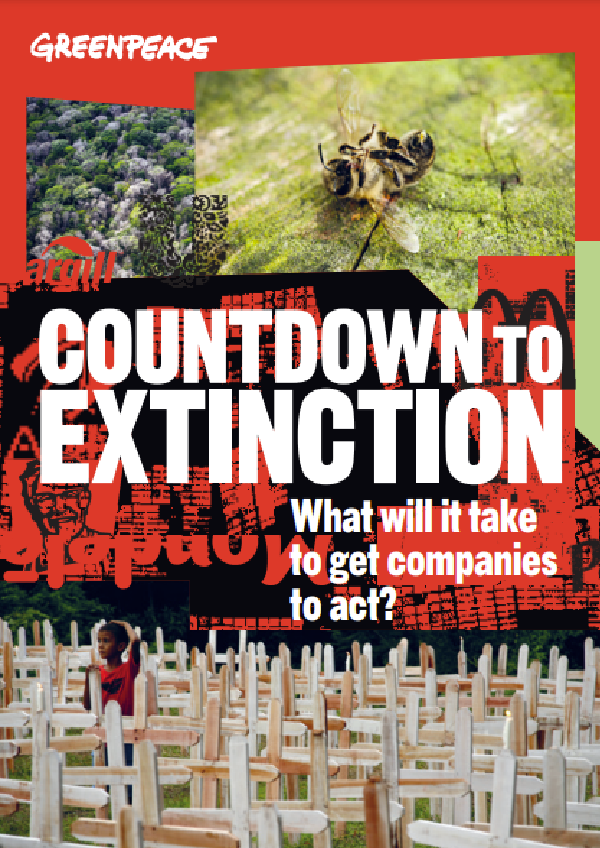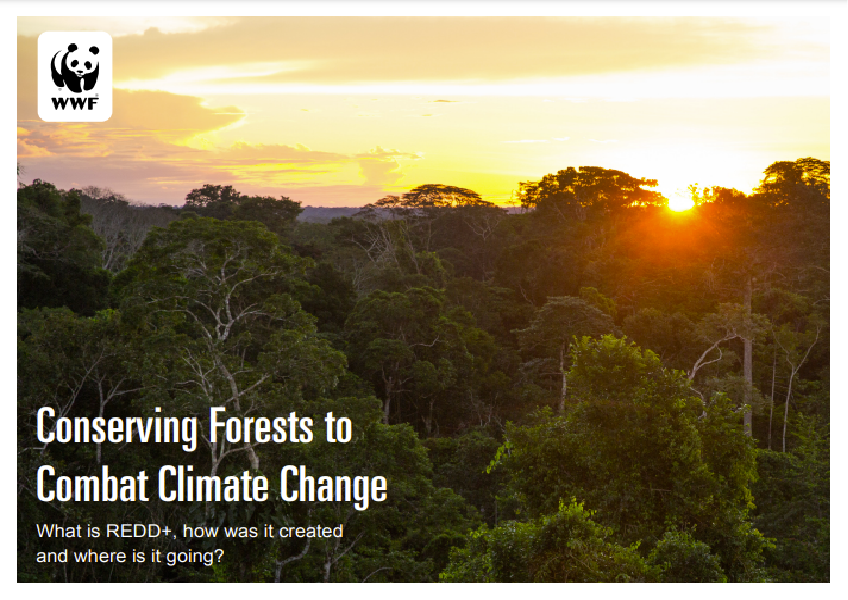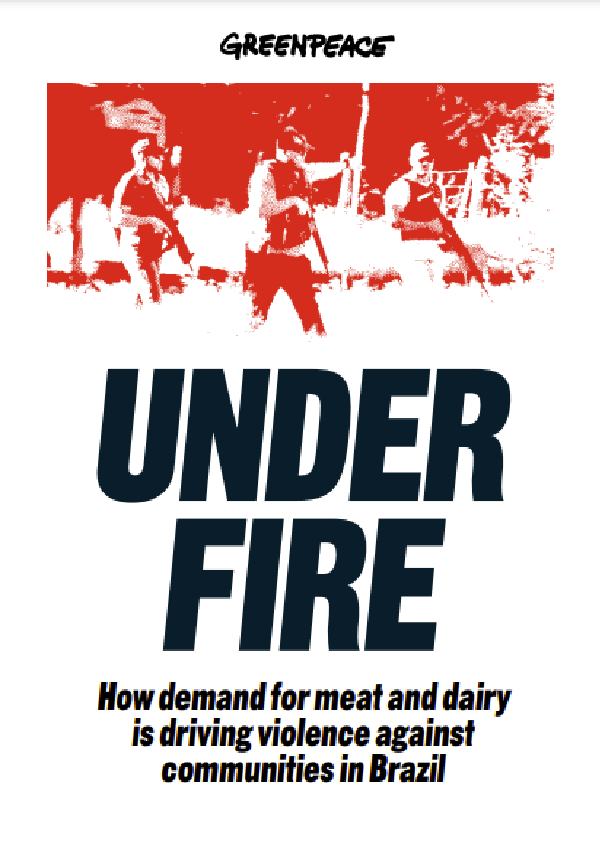From donations to the dumpsite: textiles waste disguised as second-hand clothes exported to East Africa
Textile recycling is the process of recovering fiber, yarn or fabric and reprocessing the textile material into useful products. Textile waste products are gathered from different sources and are then sorted and processed depending on their condition, composition, and resale value. The end result of this processing can vary, from the production of energy and chemicals to new articles of clothing.
Due to a recent trend of over consumption and waste generation in global fashion culture, textile recycling has become a key focus of worldwide sustainability efforts.[1] Globalization has led to a “fast fashion” trend where clothes are considered by many consumers to be disposable due to their increasingly lower prices. This has allowed the textile industry to produce vast amounts of products that deplete natural resources. Textile recycling techniques have been developed to cope with this increase of textile waste and new solutions are still being researched. Recently, certain clothing retailers have embraced this recycling effort and now publicly advertise products that are made of recycled textile material in accordance with shifting consumer expectations.
Global fashion brands are promoting circularity, but reality shows that this is still a myth. Nowhere is the failure of the fast-fashion linear business model more visible than in the countries where many of these cheap clothes end up once their short lives are over: on huge dump sites, burnt on open fires, along riverbeds, and washed out into the sea, with severe consequences for people and the planet. Greenpeace Germany went to Kenya and Tanzania to witness the problem of imported textile waste in these countries and to find out about some of the many local initiatives trying to counter it through their own means. In this briefing, we reveal the role played by imported used clothes called “Mitumba” in East Africa, and how much of it is of such poor quality that it goes straight to the dumpsite.
Background: fast fashion fuels the trade of used clothes and the dumping of textile waste
The fashion industry is responsible for up to 10% of global greenhouse gas emissions and is a major cause of water pollution worldwide, with over 80% of its supply chain impacts on the environment taking place in Global South countries where the majority of clothes are manufactured. But this isn’t even the only serious consequence of the fast fashion industry on the Global South, vast quantities of polluting textile waste from the fast fashion industry is increasingly making its way to Global South countries. Because of these massive negative impacts on the environment, “circularity” has become the buzzword among global fashion brands trying to clean up their image. But circularity is virtually non-existent in the fashion industry; while less than 1% of clothes are recycled into new clothes, garment production volumes are growing by 2.7% annually. Every second a truckload of garments is burnt or sent to landfill. If anything, the destructive fast fashion fad is speeding up, not slowing down. The Guardian reports that new players on the market like Shein are now pushing an “ultra fast fashion’” linear business model which is built on environmental and social exploitation.
After years of Greenpeace’s successful Detox My Fashion campaign, global brands have started cleaning up their supply chains – now it‘s time to also shed light on what‘s happening to clothes after they have been produced, and put the problem of textile waste exports on the global agenda.
This briefing demonstrates how textile waste is often “disguised” as second-hand clothing and exported from the Global North to the Global South, to avoid the responsibility and costs of dealing with the problem of disposable clothes. While these exported used clothes and even brand new ‘overproduced’ clothes are mostly reported and recorded as “reused”, in fact nearly half of them end up in dumpsites, rivers or are burnt in the open.
